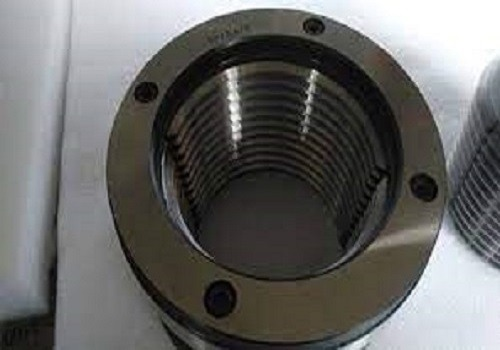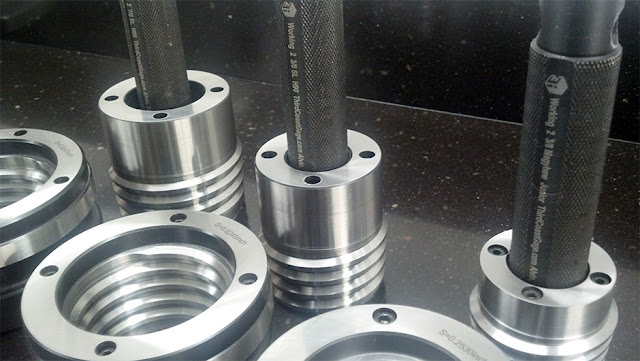Unlocking the Secrets of Gage Calibration
Is it safe to say that you are hoping to guarantee the precision and dependability of your estimations? Legitimate gage adjustment is fundamental to accomplishing this objective. In this thorough aide, we will plunge into the significance of gage adjustment and furnish you with all the essential data you really want to be aware of to guarantee your gear is performing at its ideal.
Understanding API Thread Gages
API Thread Gages are accuracy apparatuses used to gauge the string pitch measurement and string point of strung parts. These gages are ordinarily utilized in ventures like oil and gas, aviation, and car for guaranteeing the legitimate fit and usefulness of strung associations.
Why is Gage calibration Significant?
Gage calibration is indispensable to the exactness of estimations taken with these accuracy instruments. Over the long haul, factors like mileage, ecological circumstances, and misuse can prompt errors in gage readings. By consistently aligning your gages, you can guarantee that your estimations are exact and solid.
How Frequently Would It Be Advisable For You To Calibrate Your Gages?
The recurrence of gage adjustment relies upon a few elements, including the criticality of the estimations, the climate wherein the gages are utilized, and industry norms. When in doubt of thumb, gages ought to be aligned at least one time each year or at whatever point there are tremendous changes in use or working circumstances.
The Gage calibration Cycle
The Gage calibration process includes looking at the estimation readings of a gage to known norms to decide any deviations or mistakes. This should be possible by utilizing adjustment gear like micrometers, calipers, and optical comparators. The alignment cycle should be performed via prepared experts or a guaranteed alignment lab to guarantee exactness.
Moves toward Appropriate Gage calibration
Readiness: Prior to adjusting a gage, guarantee that the gage is perfect and liberated from any flotsam and jetsam or pollutants that could influence the estimations.
Correlation: Contrast the readings of the gage with known principles to recognize any deviations. Make changes as important to address any mistakes.
Documentation: Keep nitty gritty records of the alignment cycle, including the date of adjustment, the expert playing out the adjustment, and the consequences of the alignment.
Post-Alignment Testing: After adjustment, test the gage with known principles to check the exactness of the adjustment.
End
Gage calibration is a basic cycle for guaranteeing the exactness and unwavering quality of estimations taken with accuracy instruments, for example, API thread gages. By following the means framed in this aide and routinely aligning your gages, you can guarantee that your hardware is performing at its ideal and that your estimations are exact. Try not to neglect the significance of gage alignment - it could have a significant effect on the quality and dependability of your items and administrations.
Resource By: https://rb.gy/37bzpx




Comments
Post a Comment